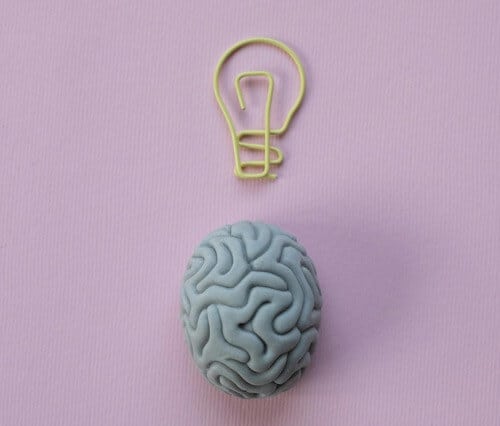
[3 min. read—client resource]
And they sat with him on the ground seven days and seven nights, and no one spoke a word to him, for they saw that his suffering was very great. -Job 2:13
Brainspotting (BSP) is a powerful, neuroscience-based therapeutic approach designed to help individuals process and heal from trauma, emotional distress, and other psychological challenges. Developed by Dr. David Grand in 2003, Brainspotting leverages the brain-body connection by identifying specific eye positions, or “brainspots,” that correlate with unprocessed trauma stored in the nervous system.
Why is Brainspotting important towards my client’s healing? Unlike traditional talk therapy, which primarily engages the cognitive brain, Brainspotting taps into the deeper, subcortical regions where trauma and emotional experiences are stored. By accessing these brainspots, individuals can release unresolved issues, reduce distress, and enhance emotional regulation. This method is widely used for trauma recovery, anxiety, depression, and even performance enhancement in sports, arts, and business.
Because of its ability to bypass the conscious mind and directly access the body’s innate healing mechanisms, Brainspotting is gaining recognition as an effective tool for deep, lasting psychological healing.
My goal of any therapy session is to establish a safe and supportive environment. I work with the client to determine the issue to focus on, which could be a traumatic memory, emotional distress, physical pain or a performance block. Using BSP techniques I help locate the eye position that corresponds with the stored trauma or emotional experience. A pointer or the client’s natural gaze is often used to hold the eye position. Once the brainspot is found the client maintains the gaze in that position allowing emotions or physical sensations or thoughts to surface. I will maintain a connection with the client attuning to both their emotional state and physiological responses. I then help the client ground themselves, integrating any insights or emotional shifts.
If you or someone you know is considering Brainspotting therapy, here are some practical tips to prepare for and get the most out of the experience:
1. Find a Qualified Therapist – Look for a professional trained therapist in Brainspotting, preferably with experience in your specific concerns (e.g., trauma, anxiety, performance issues).
I am currently trained in phases 1 and 2 and I am in the process of being supervised to become certified as a Brainspotting therapist.
2. Clarify Your Goals – While Brainspotting doesn’t require talking as much as traditional therapy, having a general idea of what you want to work on can help guide the process.
3. Be Open-Minded – It’s a unique, body-based therapy that taps into deep, unconscious processing. You don’t need to understand how it works—just be willing to engage.
The human brain contains nearly 86 billion neurons, making it challenging for scientists to fully understand its complexity.
4. Get Comfortable with Stillness – Unlike talk therapy, Brainspotting involves periods of quiet introspection while focusing on a specific point in your visual field.
Job 2:13 says, “And they sat with him on the ground seven days and seven nights, and no one spoke a word to him, for they saw that his suffering was very great.”
During Your Session
6. Follow Your Body’s Responses – I will help you find a “brainspot” (eye position) that activates a response. Notice physical sensations, emotions, or memories that arise.
7. No Right or Wrong Experience – You might feel intense emotions, bodily sensations, or even nothing at first. Trust that your brain is doing the work it needs to.
8. Allow Whatever Comes Up – Memories, feelings, or insights may surface unexpectedly. Let them flow without judgment.
Would you like more guidance on how Brainspotting might fit into your specific situation?
Interested in Brainspotting and its benefits? Schedule a session with Debbie to learn more.
www.Brainspotting.com